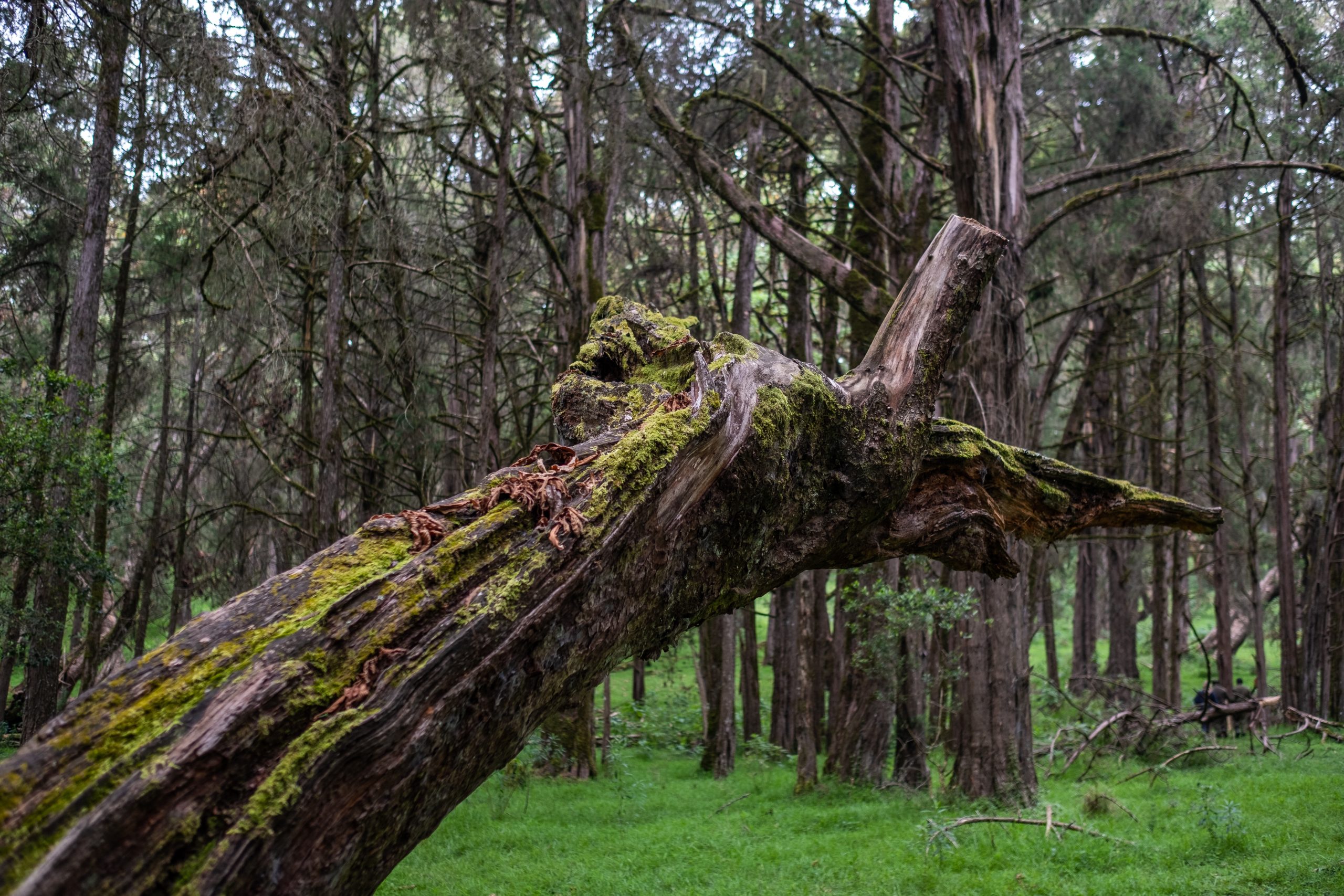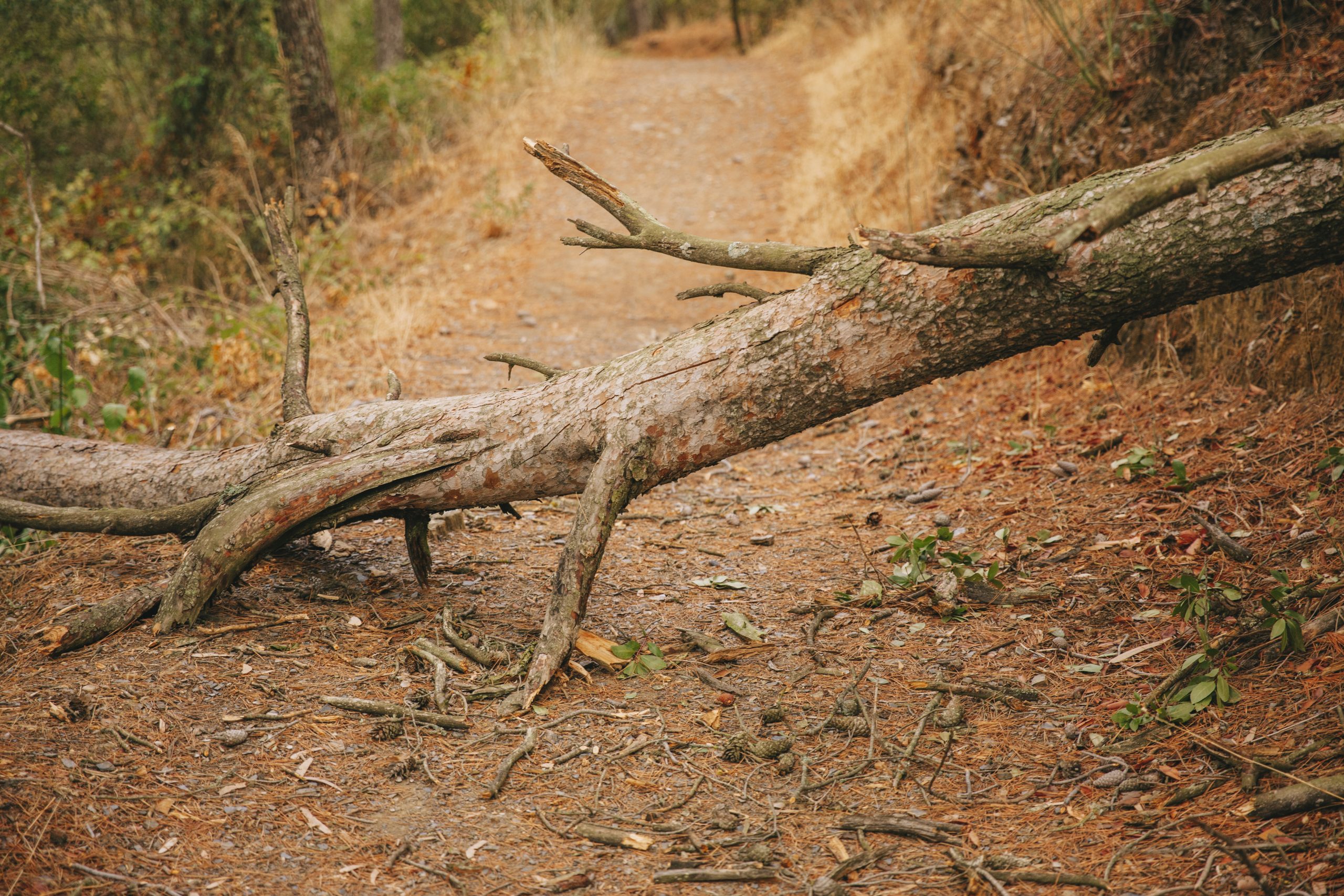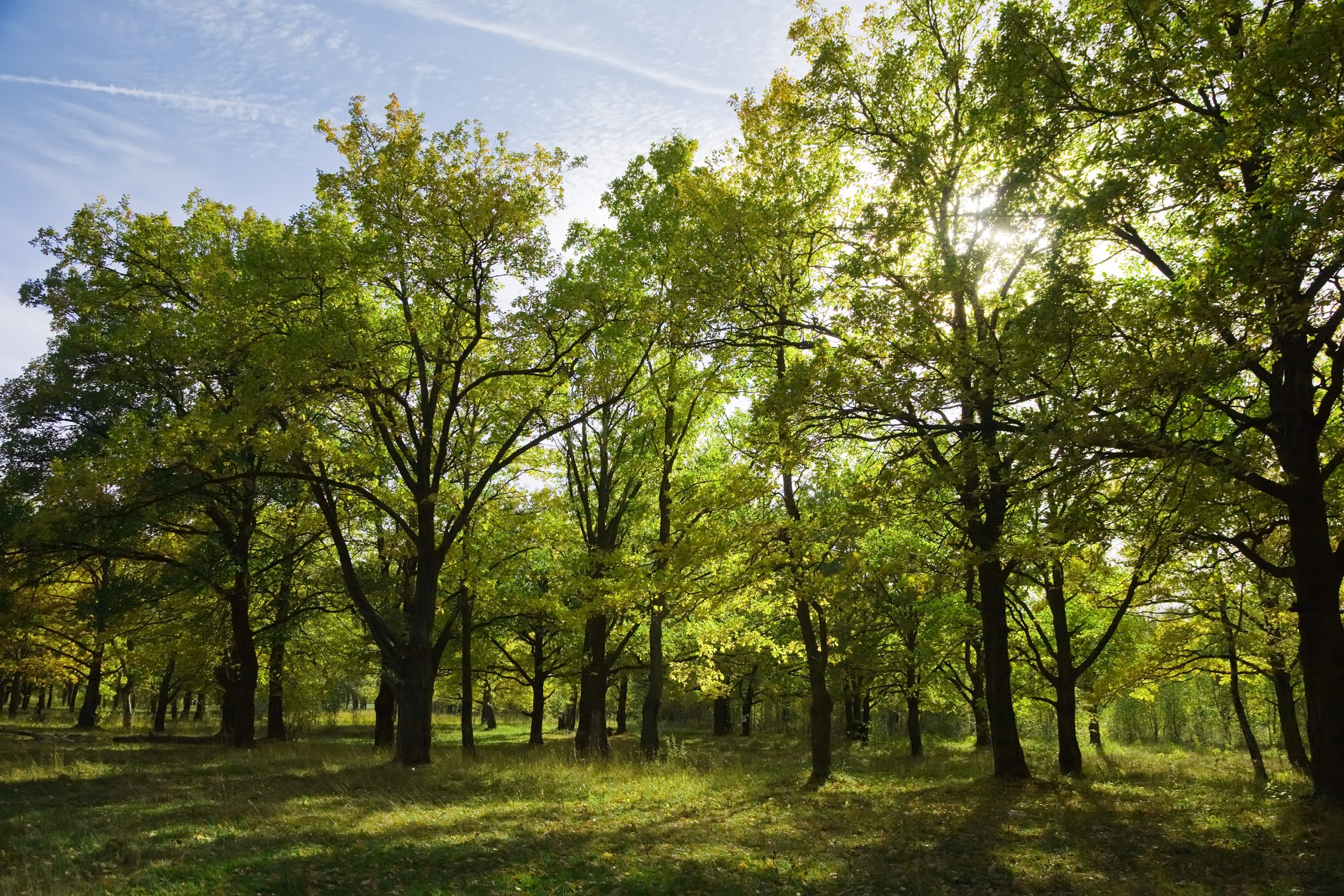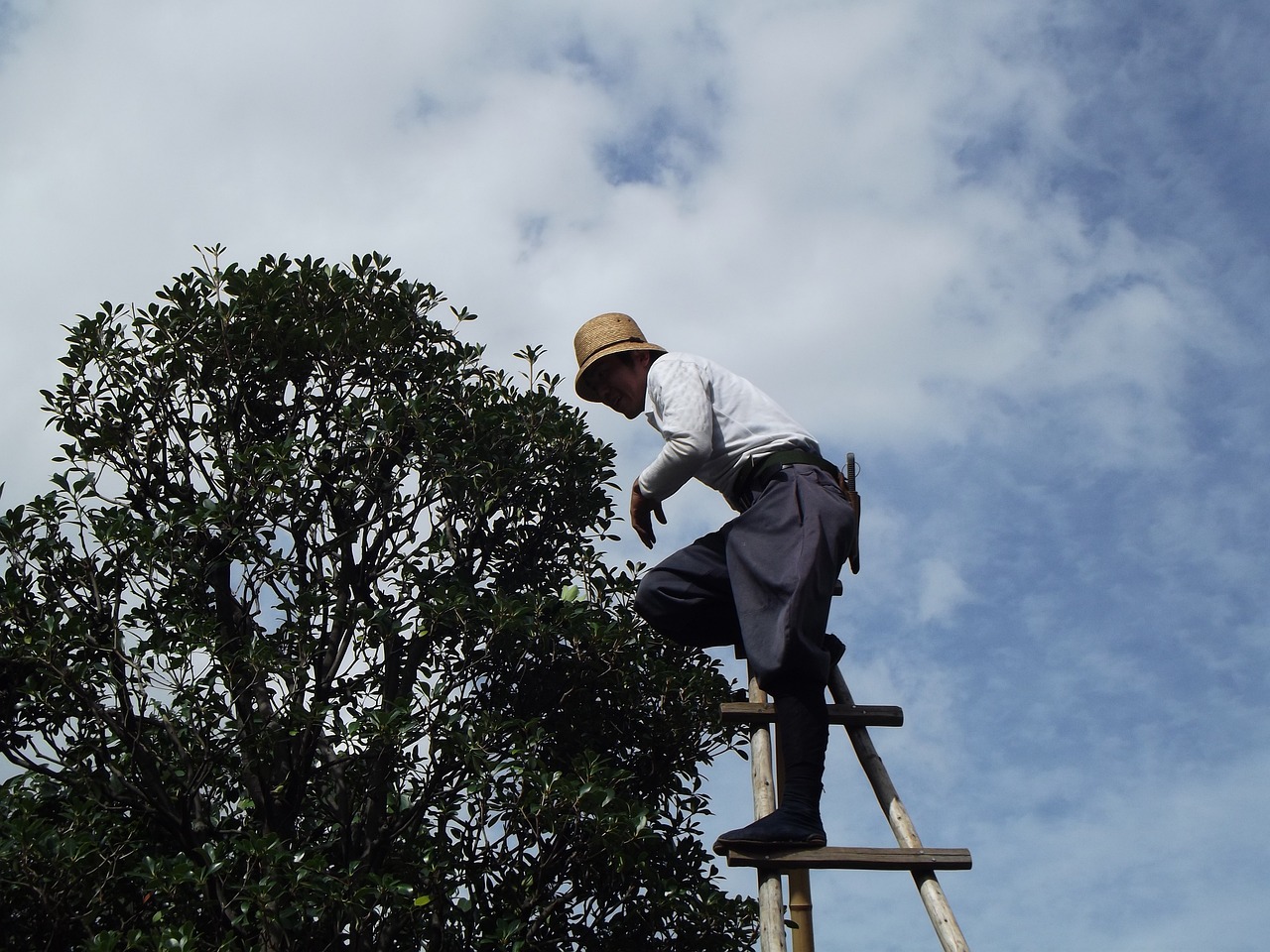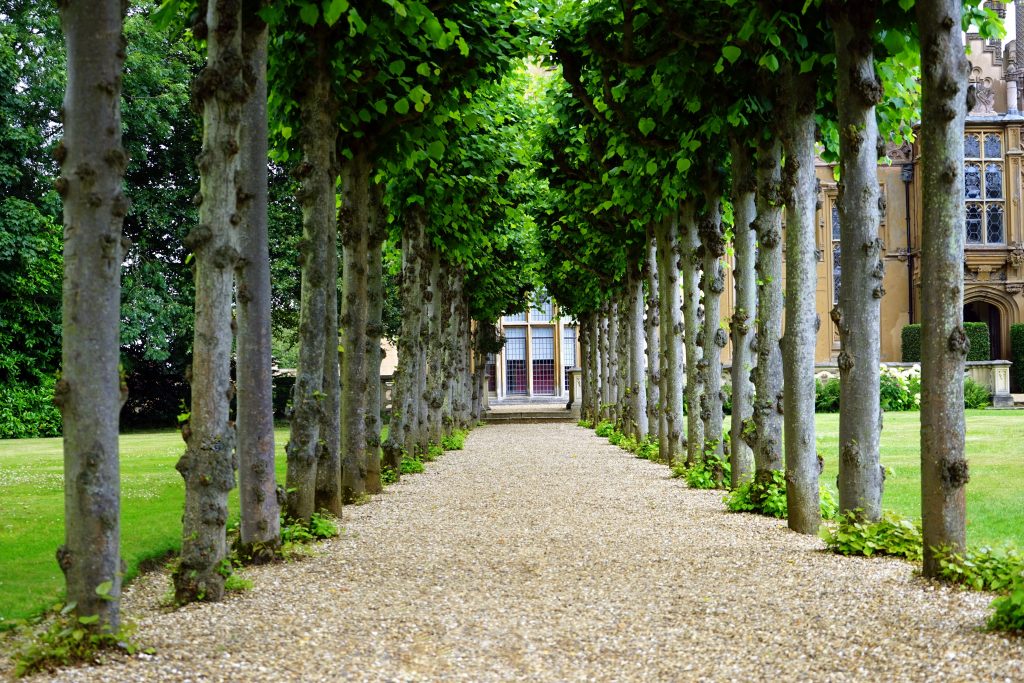BEST PRACTICES FOR MANAGING TREE ROOTS NEAR BUILDINGS AND INFRASTRUCTURE
BEST PRACTICES FOR MANAGING TREE ROOTS NEAR BUILDINGS AND INFRASTRUCTURE
Managing tree roots in urban environments is crucial to ensure the health of both trees and the urban infrastructure. Urban areas pose unique challenges to trees due to limited space, competition for resources, and the presence of buildings, roads, and utilities. Effective root management is essential to create a harmonious balance between the benefits of urban trees and the requirements of a functional urban landscape. Here’s why managing tree roots in urban environments is important:
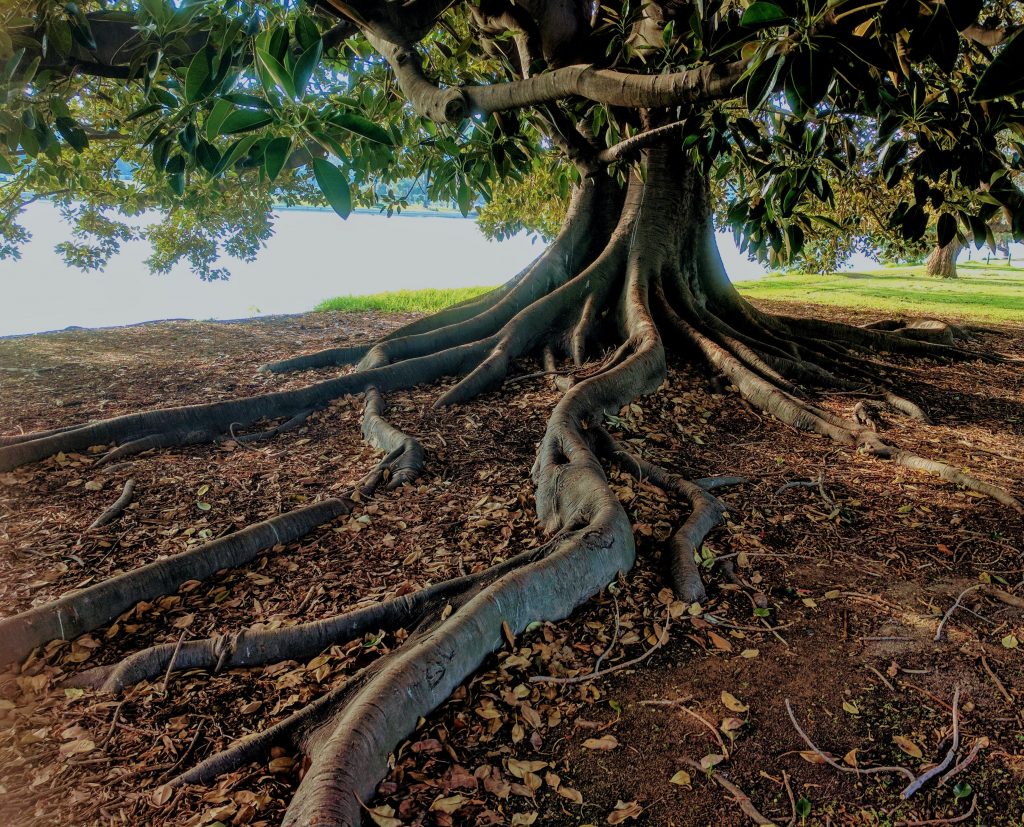
Tree Health and Longevity
- Proper root management supports healthy root growth and prevents damage.
- Healthy roots contribute to overall tree vigor, growth, and longevity.
- Managing root space ensures that trees can access sufficient water, nutrients, and oxygen for optimal growth.
Infrastructure Protection
- Unmanaged tree roots can damage buildings, roads, sidewalks, and underground utilities.
- Root intrusion into pipes and utilities can lead to costly repairs and disruptions.
- Effective root management prevents root-related structural damage and minimizes repair expenses.
Safety and Liability Mitigation
- Damaged sidewalks and uneven surfaces caused by root growth can pose tripping hazards.
- Falling branches or weakened trees can pose risks to pedestrians, vehicles, and property.
- Managing root growth reduces potential safety hazards and liability concerns.
Stormwater Management
- Trees play a role in stormwater management by absorbing and filtering rainwater.
- Well-managed root systems improve soil structure, enhancing water infiltration and reducing runoff.
Urban Heat Island Effect Mitigation
- Trees help mitigate the urban heat island effect by providing shade and cooling.
- Healthy root systems support tree vitality and the capacity to provide cooling benefits.
Aesthetic and Livability Improvement:
- Trees enhance the visual appeal of urban areas and improve overall livability.
- Well-maintained trees contribute to a sense of community and well-being.
Air Quality and Biodiversity
- Urban trees improve air quality by absorbing pollutants and releasing oxygen.
- Managing root health ensures trees can effectively contribute to air quality improvement.
- Healthy trees also support urban biodiversity by providing habitats for various species.
Economic Benefits
- Urban trees add economic value to properties and neighborhoods.
- Trees increase property values, reduce energy costs through shade, and attract businesses and residents.
Climate Resilience
- Trees are an essential part of urban climate resilience strategies.
- Well-managed trees can withstand weather extremes, reducing vulnerability to climate-related events.
Community Well-Being
- Trees provide psychological and health benefits to urban residents.
- Access to green spaces and well-maintained trees contributes to mental and physical well-being.
Managing tree roots in urban environments is essential for the coexistence of trees and urban infrastructure. It ensures that trees can thrive and provide numerous benefits while minimizing risks and conflicts. Integrating proper root management into urban planning and development strategies is key to creating sustainable and resilient cities for both people and nature.
Balancing Tree Health and Structural Integrity
Balancing tree health and structural integrity refers to the careful consideration and management of trees in relation to the surrounding built environment. It involves making informed decisions that prioritize both the well-being of trees and the safety of structures, infrastructure, and people. This balance is essential to create harmonious urban landscapes where trees and man-made elements coexist without causing conflicts or hazards. Here’s a deeper explanation of this concept:
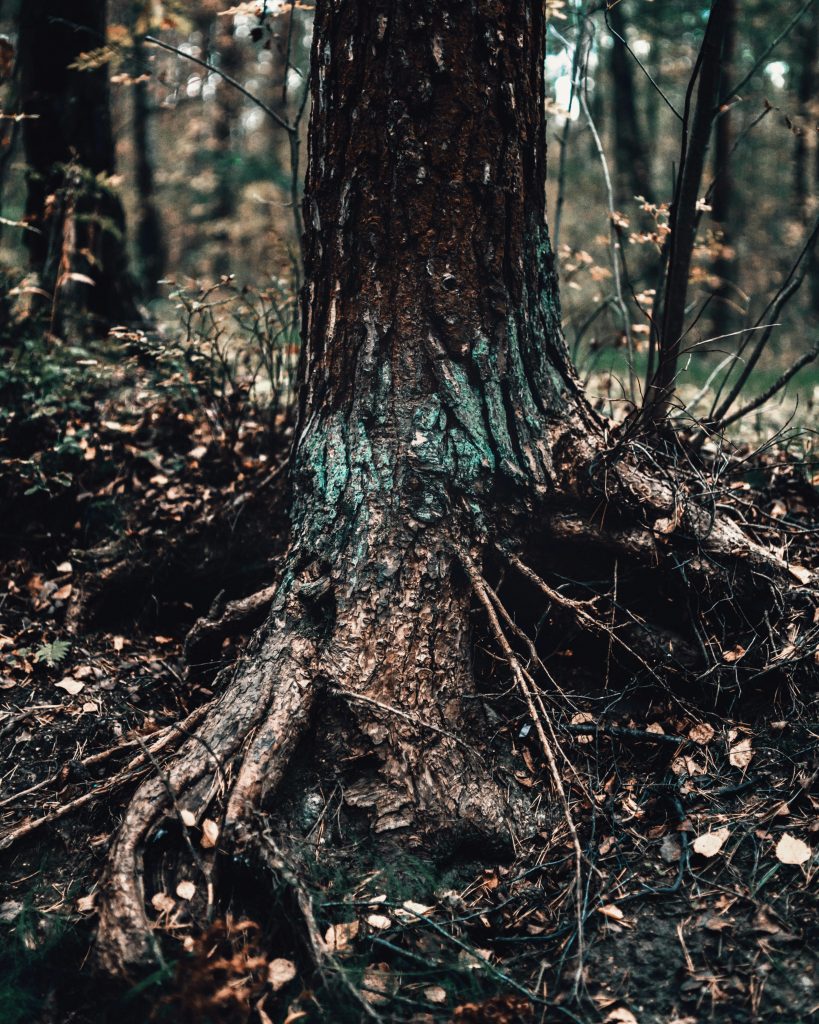
Tree Health
- Tree health encompasses various factors such as root development, canopy vitality, pest and disease resistance, and overall growth.
- Healthy trees have strong root systems, well-structured canopies, and the capacity to perform vital functions like photosynthesis and nutrient absorption.
- Proper soil conditions, adequate water availability, and suitable nutrients are crucial for maintaining tree health.
Structural Integrity
- Structural integrity refers to the stability and durability of buildings, roads, sidewalks, and other human-made structures.
- It involves ensuring that structures are constructed and maintained to withstand the forces of nature, including wind, rain, and soil movement.
- Preventing damage to structures helps avoid safety hazards, economic losses, and disruptions.
Challenges of Urban Environments
- Urban environments present unique challenges due to limited space, compacted soils, and competition for resources.
- Trees in urban areas often have restricted root zones, leading to potential conflicts with infrastructure.
- Unmanaged tree roots can damage buildings, roads, utilities, and create tripping hazards on sidewalks.
Importance of Balance
- Balancing tree health and structural integrity ensures that trees contribute positively to urban environments without compromising safety and functionality.
- It requires collaboration between arborists, urban planners, engineers, and stakeholders to make informed decisions.
Root Management
- Proper root management techniques, such as root pruning and installation of root barriers, guide root growth away from critical infrastructure.
- Strategic root management helps prevent root-related damage while maintaining healthy trees.
Selective Pruning
- Pruning techniques aim to preserve tree health and remove branches that pose risks to structures.
- Proper pruning minimizes the potential for falling branches that could cause damage or injury.
Tree Selection and Placement
- Choosing appropriate tree species based on mature size and growth habits is crucial.
- Proper placement of trees away from buildings, utility lines, and other infrastructure prevents conflicts.
Monitoring and Maintenance
- Regular monitoring of tree health and structural conditions is essential.
- Timely maintenance activities such as pruning and root management prevent conflicts from escalating.
Collaboration and Education
- Collaborative efforts between arborists, urban planners, and construction professionals lead to informed decisions.
- Educating the public about the importance of responsible tree care and proper planting techniques fosters a culture of balanced management.
Balancing tree health and structural integrity involves integrating tree care practices with urban planning to create safe, attractive, and functional environments. By considering both the needs of trees and the requirements of built structures, cities can achieve a harmonious coexistence that benefits residents, the environment, and future generations.
Site Selection and Planning
Site selection and planning are critical steps in urban tree management to ensure that trees are strategically placed and cared for in a way that benefits both the trees and the surrounding environment. Proper site selection and planning involve evaluating various factors to determine the best locations for planting and managing trees in urban settings. Here’s a detailed explanation of site selection and planning:
Assessment of Existing Conditions
- Conduct a thorough assessment of the site’s existing conditions, including soil quality, drainage, sunlight exposure, wind patterns, and microclimates.
- Consider factors like proximity to buildings, utilities, roadways, and other infrastructure.
Tree Species Selection
- Choose tree species that are well-suited to the site’s conditions, including soil type, moisture levels, and sunlight availability.
- Select species with mature sizes that are appropriate for the available space and won’t conflict with infrastructure.
Functional Goals
- Define the functional goals of tree planting, such as providing shade, enhancing aesthetics, improving air quality, or managing stormwater runoff.
Design Considerations
- Integrate trees into the overall landscape design, taking into account pathways, seating areas, green spaces, and other design elements.
- Consider creating tree-lined streets, boulevards, and green corridors to enhance the urban environment.
Utility and Infrastructure Coordination
- Coordinate with utility companies to ensure that tree planting locations avoid conflicts with underground utilities.
- Plan for proper spacing and clearance to prevent future conflicts as trees grow.
Traffic and Pedestrian Safety:
- Consider traffic patterns and pedestrian pathways to ensure that trees don’t obstruct visibility or impede movement.
- Plant trees in locations that won’t create hazards for drivers or pedestrians.
Root Space and Soil Volume
- Plan for adequate root space and soil volume to support healthy root growth.
- Design tree pits or planting areas that allow roots to spread without causing damage to sidewalks or structures.
Future Growth and Maintenance
- Anticipate the growth of trees over time and plan for ongoing maintenance needs.
- Design spaces that allow for proper pruning, watering, and other maintenance activities.
Environmental Considerations
- Evaluate the potential environmental benefits of trees, such as reducing the urban heat island effect, improving air quality, and providing habitat for wildlife.
Public Engagement
- Involve the community in the site selection and planning process to ensure that the chosen tree species and locations align with local preferences and needs.
- Gather input from residents, businesses, and stakeholders to build support for the project.
Long-Term Vision
- Consider the long-term impact of tree planting on the urban environment and the benefits that trees will provide for future generations.
In summary, site selection and planning for urban trees involve a comprehensive analysis of site conditions, design considerations, infrastructure coordination, safety, and environmental factors. A well-planned approach ensures that trees thrive, enhance the urban environment, and coexist harmoniously with the surrounding landscape and built structures.
About Murray, Utah
Murray is a city situated on the Wasatch Front in the core of Salt Lake Valley in the U.S. state of Utah. Named for territorial governor Eli Murray, it is the state's fourteenth largest city. According to the 2020 census, Murray had a population of 50,637. Murray shares borders with Taylorsville, Holladay, South Salt Lake and West Jordan, Utah. Once teeming with heavy industry, Murray's industrial sector now has little trace and has been replaced by major mercantile sectors. Known for its central location in Salt Lake County, Murray has been called the Hub of Salt Lake County. Unlike most of its neighboring communities, Murray operates its own police, fire, power, water, library, and parks and recreation departments and has its own school district. While maintaining many of its own services, Murray has one of the lowest city tax rates in the state.
Neighborhoods in Murray, Utah
Murray Oakes, Grant Park, Southwood Park, Murray Park, Murray Park Restrooms, Willow Pond Park, Neighborhood Veterinary Care
Things To Do in Murray, Utah
Bus Stops in Murray, Utah to Truco Services, Inc.
Bus Stop in Murray Central Station (Bay C) Murray, Utah to Truco Services, Inc.
Bus Stop in State St @ 4801 S Murray, Utah to Truco Services, Inc.
Bus Stop in Murray North Station Murray, Utah to Truco Services, Inc.
Bus Stop in State St @ 4949 S Murray, Utah to Truco Services, Inc.
Bus Stop in Murray Central Frontrunner/Trax Station Murray, Utah to Truco Services, Inc.
Bus Stop in Murray Blvd / Vine St (SB) Murray, Utah to Truco Services, Inc.
Bus Stop in State St @ 3925 S Murray, Utah to Truco Services, Inc.
Bus Stop in State St @ 4824 S Murray, Utah to Truco Services, Inc.
Bus Stop in State St @ 5223 S Murray, Utah to Truco Services, Inc.
Bus Stop in Murray Blvd / Allendale Dr (NB) Murray, Utah to Truco Services, Inc.
Bus Stop in Murray Blvd @ 5039 S Murray, Utah to Truco Services, Inc.
Bus Stop in State St @ 4721 S Murray, Utah to Truco Services, Inc.
Driving Directions in Murray, Utah to Truco Services, Inc.
Driving Directions from Woodruff Tree Trimming and Removal to 4640 Commerce Dr, Murray, UT 84107, USA
Driving Directions from Reliable Tree Care to 4640 Commerce Dr, Murray, UT 84107, USA
Driving Directions from Tree Pro-Tech to 4640 Commerce Dr, Murray, UT 84107, USA
Driving Directions from Prestige Tree And Landscape to 4640 Commerce Dr, Murray, UT 84107, USA
Driving Directions from Excellence Tree & Landscape to 4640 Commerce Dr, Murray, UT 84107, USA
Driving Directions from Amen Trees to 4640 Commerce Dr, Murray, UT 84107, USA
Driving Directions from Tim's Tree Care to 4640 Commerce Dr, Murray, UT 84107, USA
Driving Directions from Jordan Tree Service - Murray to 4640 Commerce Dr, Murray, UT 84107, USA
Driving Directions from Arbor Works to 4640 Commerce Dr, Murray, UT 84107, USA
Driving Directions from Diamond Tree Experts to 4640 Commerce Dr, Murray, UT 84107, USA
Driving Directions from Green Tree Arborist to 4640 Commerce Dr, Murray, UT 84107, USA
Driving Directions from TruCo Services to 4640 Commerce Dr, Murray, UT 84107, USA
Reviews for Truco Services, Inc. Murray, Utah
Emily Abercrombie
We had a great experience with TruCo! They were well priced, responsive and prompt. Michael was a pleasure to work with and gave us advice on which plants to put in where we took out our ugly old shrubs. I would highly recommend this company!!!
Michelle Turpin
TruCo Services gets 5 stars from us for customer service. We experienced a few issues with their services this last year and Rob Eccles in senior management, stepped in and immediately handled our issues. He was very committed to making sure they understood our expectations and would execute to make us happy.
Siobhan Billingsley
I work for a property management company and have the pleasure of working with Rob at a community in Sandy. He has been incredible to work with and always responds in a timely manner. He knows all the homeowners by name and address and is aware of all the "problem" areas when it comes to sprinklers. I never have to worry about following up with him because he always reaches out to provide me with an update. If you're looking to work with someone who takes pride in their job, is professional, and can solve the worst landscaping problems thrown your way, Rob is your guy. Thank you, Rob for all you do!
Jaime S.
We have used Truco at 2 of the complexes we manage, they have been great to work with. Good quality service, outstanding customer service with good communication. That's hard to find these days. I highly recommend them. Travis has been awesome to work with.
Jerusha Smart
We use TruCo for a majority of our properties and our home. While other landscaping companies we use come and go for various reasons like cost, communication issues, work performance, etc., TruCo is always consistent in price and work. Also, Rob is the best.
